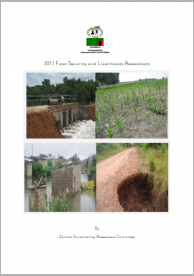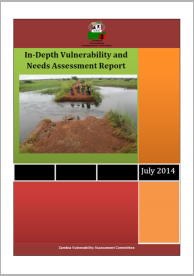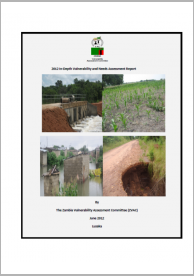
The objectives of this National Contingency Plan were to:
The following is a list of all conten labeled as "Health & Health Facilities"

The objectives of this National Contingency Plan were to:

Analyse the impact of dry spells, floods and pest infestation (fall army worms and stalk borers) experienced in Zambia on society and the economy and the required actions for rehabilitation, recovery and to mitigate these impacts. The sample includes 58 districts of Zambia.

Designed to answer to chronic situations in the country and recommend the possible solutions for risk reduction and resilience building both for the short and long term in addition to support for required food where necessary.

Determine the impact of the 2013/14 floods and dry spells on various sectors of the economy in 33 districts of Zambia.

Determine the impact of the 2011/12 floods on various sectors of the economy in 18 districts of Zambia.

Determine the impact of the 2009/10 floods on various sectors of the economy in 17 districts of Zambia.

Determine the impact of the 2008/9 floods on various sectors of the economy in 20 districts of Zambia.

Determine the impact of the 2008/9 floods on various sectors of the economy (Summary Report).

Zimbabwe’s Climate Change Response Strategy mainstreams climate change through a sectorial approach to ensure that each sector implements adaptation and mitigation actions. Each sector will therefore be able to direct its project proposals to the appropriate funding mechanism.

The objectives of the Humanitarian Response Plan for the period of 2019 -2020 were to: